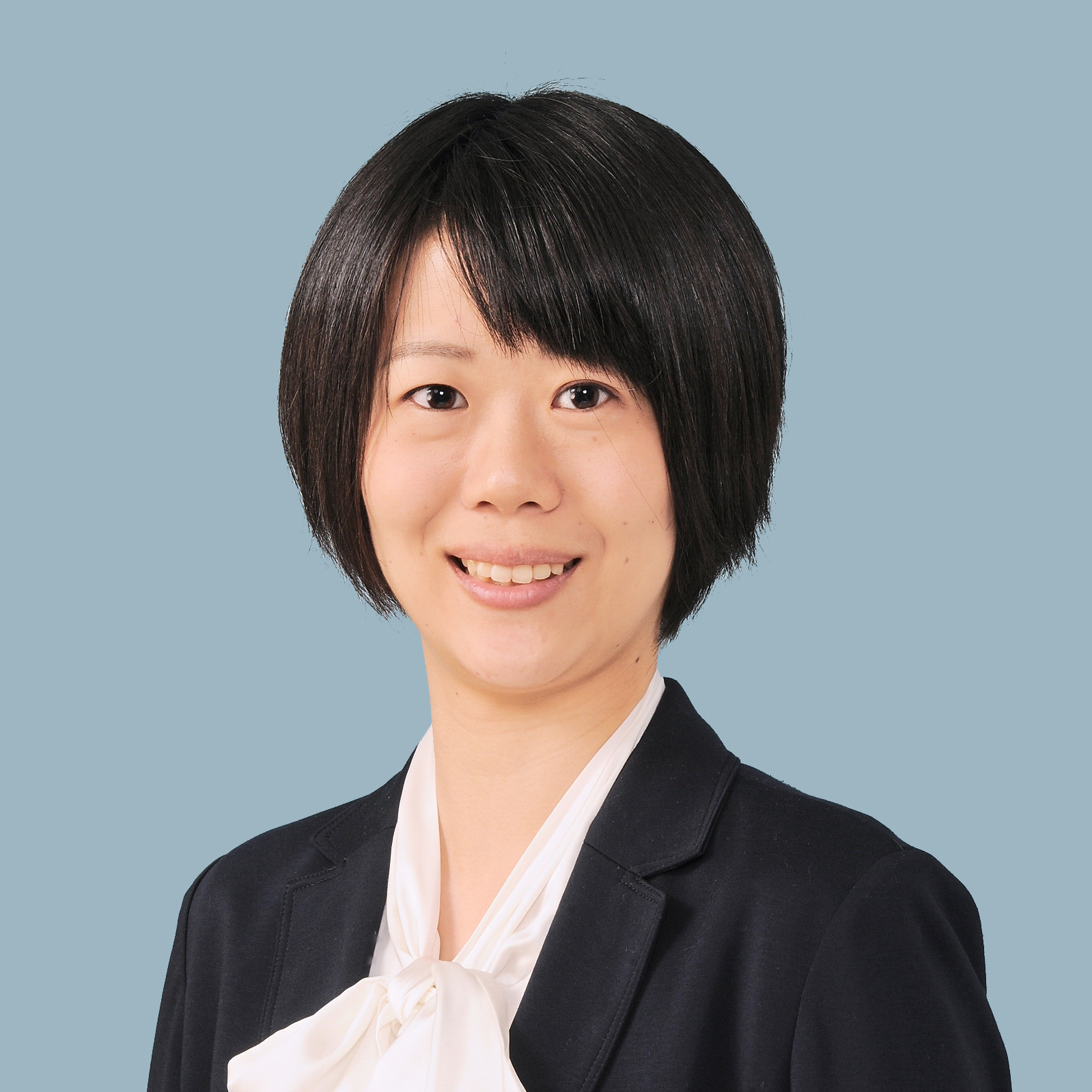
Dr Midori Akiyama
Assistant Professor
Department of Chemistry & Biotechnology
The University of Tokyo
Midori Akiyama was born in Tokyo, 1989 and is currently an Assistant Professor at the Department of Chemistry & Biotechnology at The University of Tokyo (UTokyo). She received her bachelor's degree in 2012 from UTokyo. Her graduation thesis was about homogeneous catalysis for hydrogenation. She continued her master's studies in UTokyo and graduated in 2014, working on organocatalysis for asymmetric reactions. She received her PhD in 2017 from UTokyo under the guidance of Professor Kyoko Nozaki, with interests in the synthesis and properties of chiral organometallic compounds. During her PhD study, she joined Professor Eric Meggers's group at Marburg University in Germany. She has been working for the UTokyo as a Project Assistant Professor since April 2017, studying fluorine chemistry. Her current research interests focus on the development of organometallic compounds for homogeneous catalysts and optical materials.
Synthesis and Properties of Ruthenocene Derivatives with [7]Helicene as Ligands
Three types of ruthenocenes coordinated by dinaphtho[2,1-c:1',2'-g]fluorenyl (Dnf) anion(s), a [7]helicene with a cyclopentadienyl moiety at the center of its skeleton, were synthesized: monohelicene ruthenocene 1 with one Dnf bound to one ruthenium atom, bis-helicene ruthenocene 2 with two Dnf moieties, and bimetallic ruthenocene 3 in which two ruthenium atoms are bound to a Dnf in η5 and η6 manners. Since Dnf has a high racemization barrier, each of their enantiomers could be isolated in its pure form, which showed large optical rotation and intense circular dichroism (CD) response.
The isomerization behavior of a metal-bound helicene was investigated using bis-helicene ruthenocene 2. It was found that there was an equilibrium between a mixture of (P,P)-2 and (M,M)-2 (rac-2), and (P,M)-2 (meso-2). The isomerization barrier △Gǂ from rac-2 to meso-2 and the energy difference between the isomers △G were estimated to be 36.1 kcal mol-1, and 2.3 kcal mol-1, respectivery. Further experiments suggested that the diastereomerization occurred not through the ligand excange between (P,P)-2 and (M,M)-2, but through helical inversion of the ligand.
Furthermore, we found that bimetallic complex 3 exhibited phosphorescence in both solution (31%, 77 K in BuCN) and solid state (18%, 77 K), although monometallic complexes 1 and 2 did not show any emission at all even at 77 K. The phosphorescence quantum yield is much higher than that of ruthenocene derivatives which have been reported so far. We conducted DFT calculations to clarify the mechanism of the emision. It is implied that the emission was the transition from inter-ligand and metal-to-ligand charge transfer excitation state of the central η5 ruthenium atom.
Please click here to view the abstract with figures.